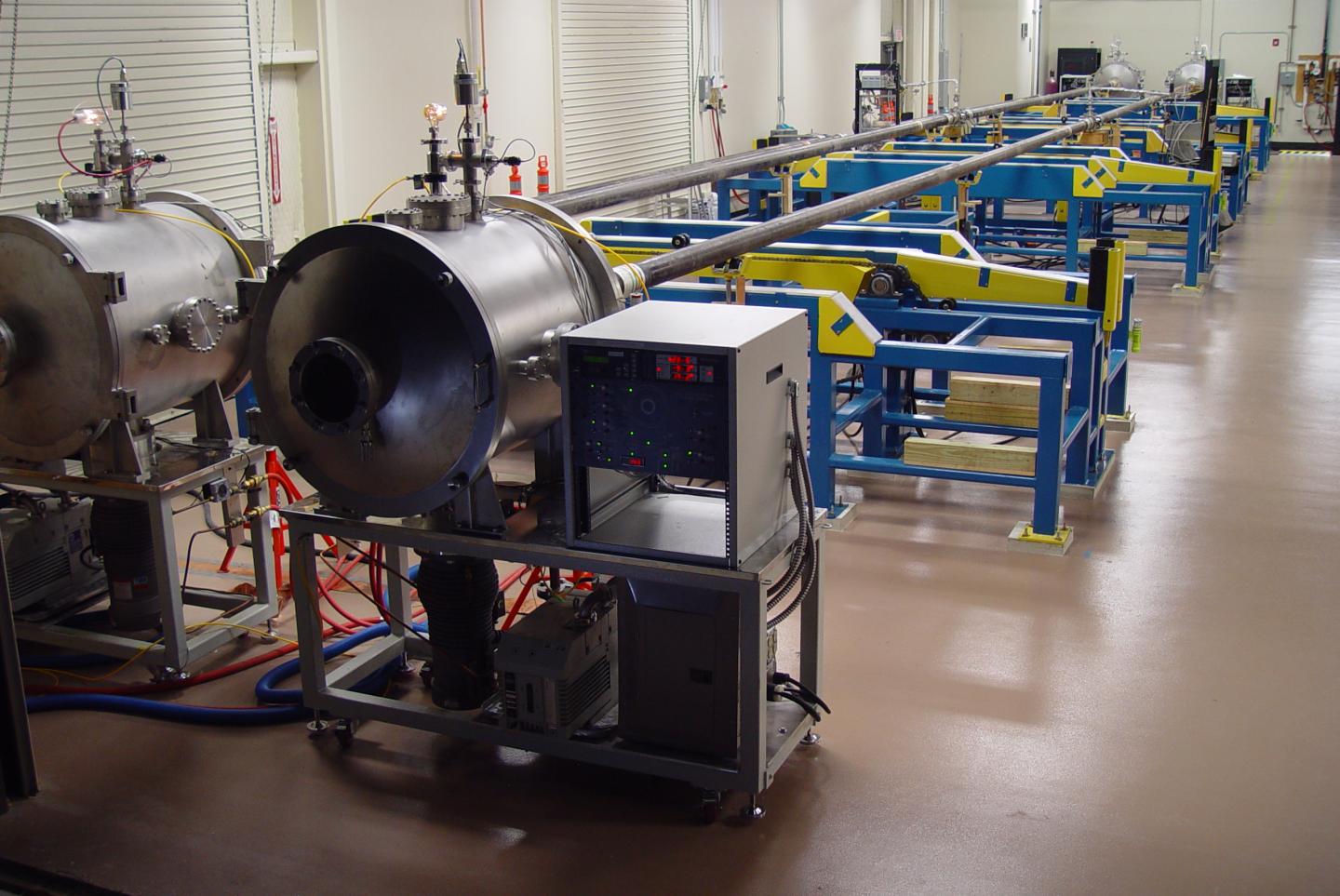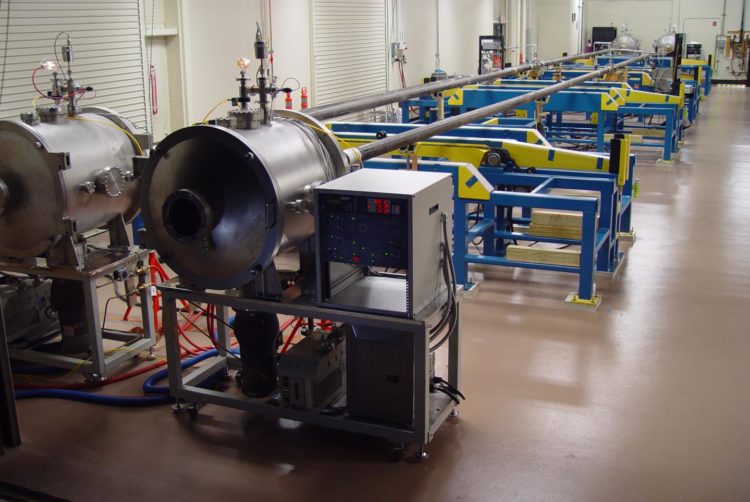Superhydrophobic coating, direction-finding antenna honored for innovation

Credit: Southwest Research Institute
SAN ANTONIO — Dec. 9, 2019 — Two Southwest Research Institute-developed technologies were selected as winners of prestigious R&D 100 Awards. R&D Magazine recognized SwRI’s Lotus Superhydrophobic Compositions and Coating Process (LotusFlo™) and AF-369 VHF/UHF Terrestrial Direction-Finding Antenna as being among the 100 most significant innovations for 2019.
Lotus Superhydrophobic Compositions and Coating Process (LotusFlo™)
A common problem in the oil industry is the sticky, tar-like substances found in crude oil, which can slow or even stop the flow of oil through offshore drilling pipes. This problem usually requires pumping costly chemicals, which can pollute the surrounding ocean, into the pipes to remove these substances.
LotusFlo is a coating technology that is superhydrophobic, designed specifically to repel liquids and materials that often clog oil drilling pipes. The coating is applied to the pipes under vacuum conditions through a unique process. It involves linking several 40-foot sections of pipe together in very low atmospheric pressures. The interiors essentially act as a vacuum chamber, with an end unit on either side of the pipe providing the vacuum source. An electrode is strung through the pipe from one end to the other and suspended in the middle of the pipe.
Volatile molecules are then introduced into the evacuated pipe to ignite highly ionized gas molecules, or plasma, inside the entire length of the pipe structure. The plasma, once ignited, emits light and fragments in a special way to allow control over the chemical precursor molecules to form other ions in the plasma, which are then accelerated very rapidly onto the internal surface of the pipe. When the ions collide on the interior surface, they undergo a polymerization reaction that results in a partially inorganic coating. This glass-like coating is what keeps materials from adhering to pipe surfaces.
AF-369 VHF/UHF Terrestrial Direction-Finding Antenna
Mitigating ongoing threats to national security requires timely intelligence data, including signals intelligence obtained through electronic surveillance. The military use modern signals intelligence systems to collect this information by monitoring electronic communications transmitted over the air.
SwRI’s AF-369 VHF/UHF Terrestrial Direction-Finding Antenna provides accurate direction finding of radio frequency (RF) transmissions from 20 MHz to 3 GHz. Its novel sleeved electric dipoles boast 80% more useable bandwidth than conventional dipoles. They enable the product to have 10 times the sensitivity with significantly reduced cost and complexity.
Direction finding is performed using antenna arrays made up of multiple antenna array elements to sample the incoming wave field. Frequencies typically used for line-of-sight communications are spread across the 20 MHz to 3 GHz RF spectrum, a tremendous amount of bandwidth to monitor.
To monitor this broad spectrum requires multiple arrays, each with elements designed to cover a smaller sub-band of frequencies. Each sub-band typically uses between five and nine antenna elements with the total number required to cover the full frequency range increasing with the addition of each sub-band. The cost of each DF antenna array, as well as the complexity of the RF receiving system connected to it, drives up costs for both the antenna itself and the system as a whole. SwRI’s innovative sleeved electric dipoles for the AF-369 antenna reduce the number of antenna arrays necessary to monitor a similar amount of bandwidth, thereby lowering the cost of the entire system and simultaneously improving its performance.
“SwRI seeks solutions for the world’s most complex problems,” said SwRI President Adam L. Hamilton, P.E. “We are committed to continuously improving the world around us through innovation, and it’s an honor to see the Institute recognized for those efforts at what’s widely known as the ‘Oscars of Innovation.'”
The R&D 100 Awards are among the most prestigious innovation awards programs, honoring the top 100 revolutionary technologies each year since 1963. Recipients hail from research institutions, academic and government laboratories, Fortune 500 companies and smaller organizations. Since 1971, SwRI has won 45 R&D 100 Awards. This year’s winners were recognized December 5 in San Francisco.
For more information, visit https:/
###
Media Contact
Joanna Carver
[email protected]
210-522-2073
Original Source
https:/





